Oak is the species that many woodworkers consider very close to perfection. It is strong, it has personality, it is massive and imposing. The grain pattern is an identifying feature and is hard to mistake. You can find out more about the structure of oak, how it's processed and how much you can make from it here. Because I wanted to present it as best as I could in that article, I listed all sorts of uses, without highlighting any of them in particular. At one point, impressed by its contribution to the taste of wine, I wrote an article about how oak barrels are made and how they influence the wine. But now I want to talk about solid oak furniture.
Oak has been in the furniture world since the 17th century. Until then it was mostly used in building and craft. With the advent Biedermeier, considered to be specific to the middle class, mahogany expensive species brought from the colonies began to be replaced by native species, such as cherry, frasin and oak. Gradually, because of its strength and beauty, it was used more and more.
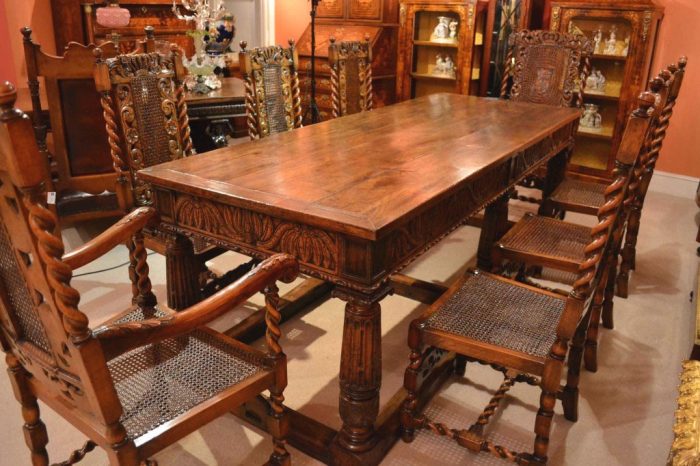
photo source: 1stdibs.com
Solid oak furniture now belongs to the premium category, with a price to match. Solid oak is used as timber,
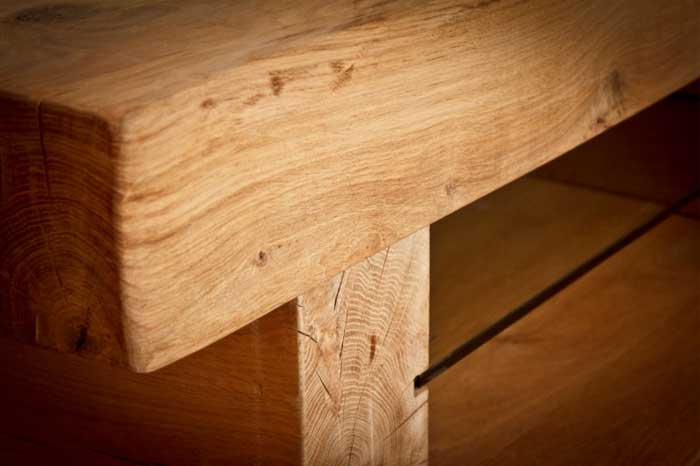
or solid wood carpet (panels of solid wood pieces glued together).
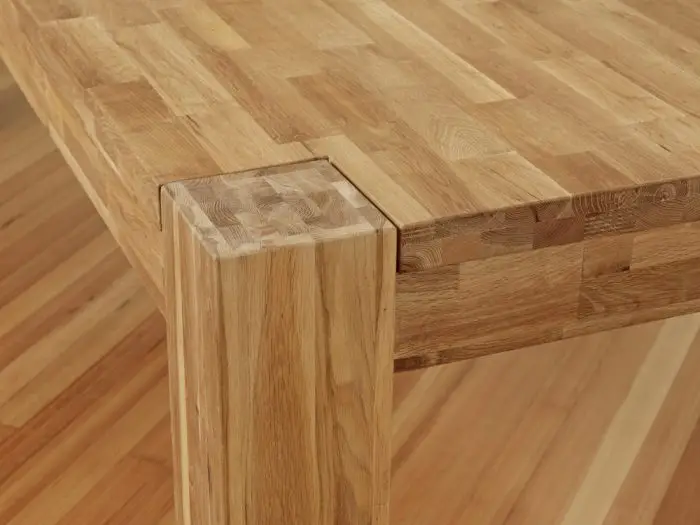
Although it may look heavy, solid oak suits both classic and modern, contemporary design. Its natural color has warmth and classic natural furniture gives a sense of calm and stability.
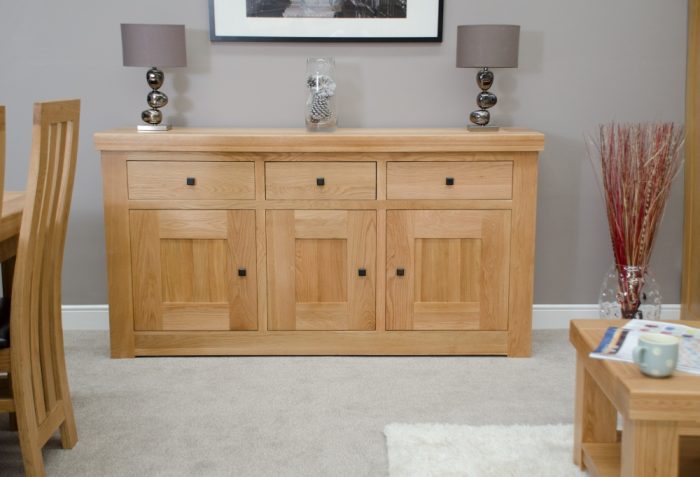
A modern design success story is the table with a natural-looking slice of oak wood on legs or supports made of plastic, glass or metal. It's a combination of old and new, of rustic and modern, which was very well received. The special wood treatment techniques, colors and natural finish transform a practical object - the table - into a special object that becomes the focal point of the place.
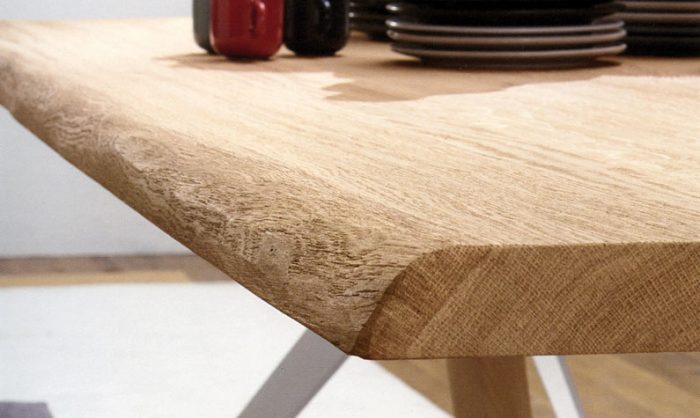
One advantage of using oak is that its natural structure, with its large pores and specific pattern, allows for special finishes that add value to the furniture. The combination of the pore-marked finish with skates and the treatments applied to the surface - chipping, tapping, scratching, etc. - result in surfaces with a lot of personality. An oak finished in this way will certainly not go unnoticed.
Antique, artificially aged furniture is perhaps the easiest to make from solid oak. Ageing techniques they're easy to apply, they really do match very well, and if you add the right hardware it's hard to believe the furniture was made just a few days ago.
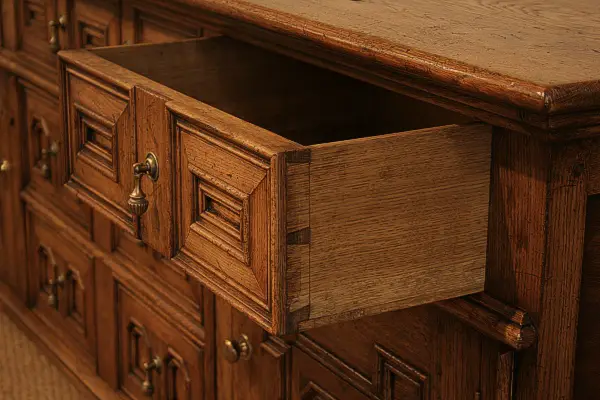
To finish such furniture, you can also successfully use wax or oil. The oak is hard enough to withstand even without the application of hard materials. Oiled surfaces look good and practically brighten when oil is applied. If finishing with wax it is good quality, not over-applied and well polished. Otherwise you risk getting it on your hands.
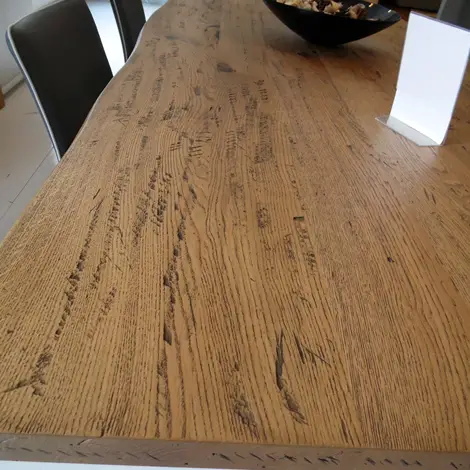
One of the treatments that suits solid oak very well is sandblasting. Spraying with sand removes early wood, resulting in surfaces that closely mimic wood that has been weathered over time. A similar effect can also be achieved by brushing.
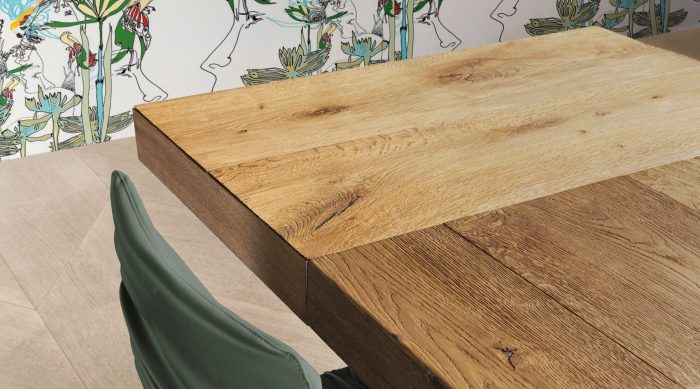
Solid oak looks good anywhere in the home. It can be living room or bedroom furniture,
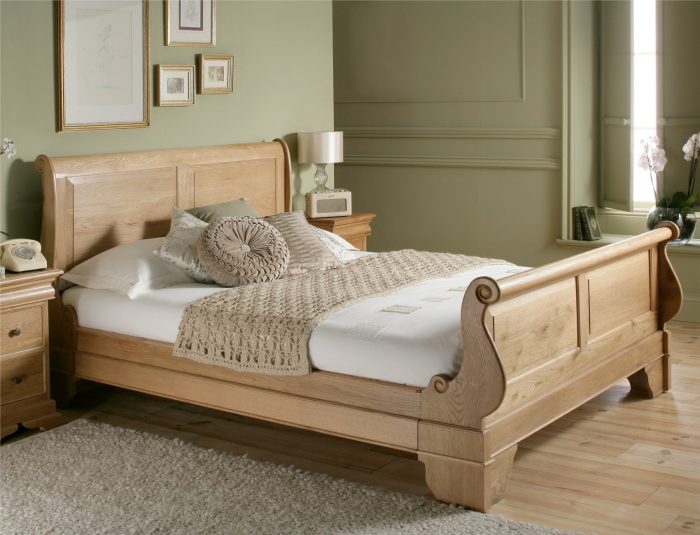
for kitchen or even a special piece in bay.
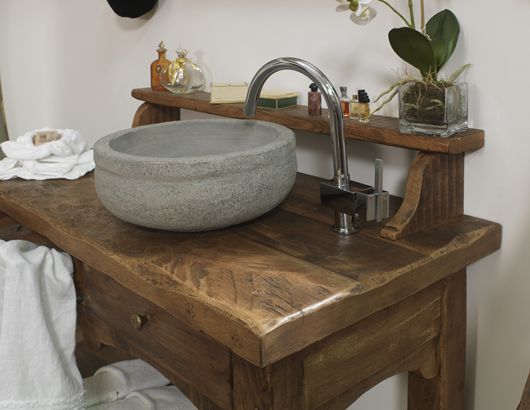
Covered with outdoor resistant materials, can be used very well as garden furniture.

Oak is a tough, resilient species and is one of the species that recovers from old buildings. Re-using it to make rustic-looking furniture has become a common practice lately.
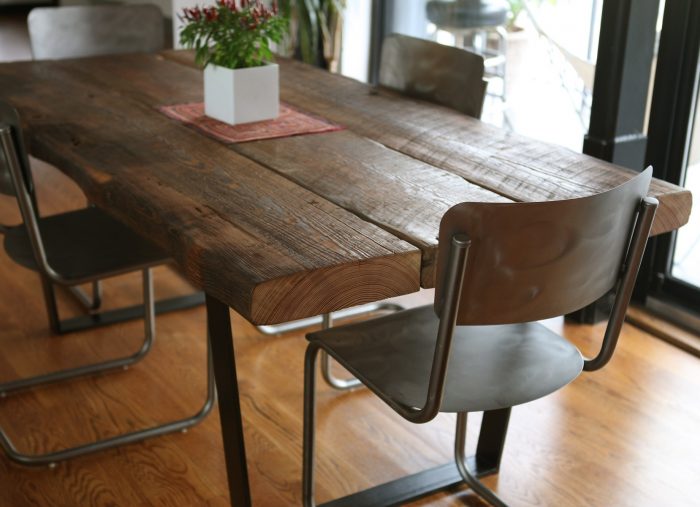
Whether rustic or contemporary, old or new, new or reclaimed wood, solid oak furniture has its own beauty. Just because it's solid wood doesn't mean the design has to be solid. The design can be adapted to a block of flats as well as a spacious, high-ceilinged house. If you're thinking of buying new furniture, consider this option. You won't regret it.




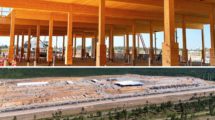




















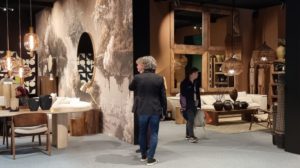


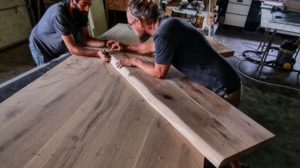






Add comment